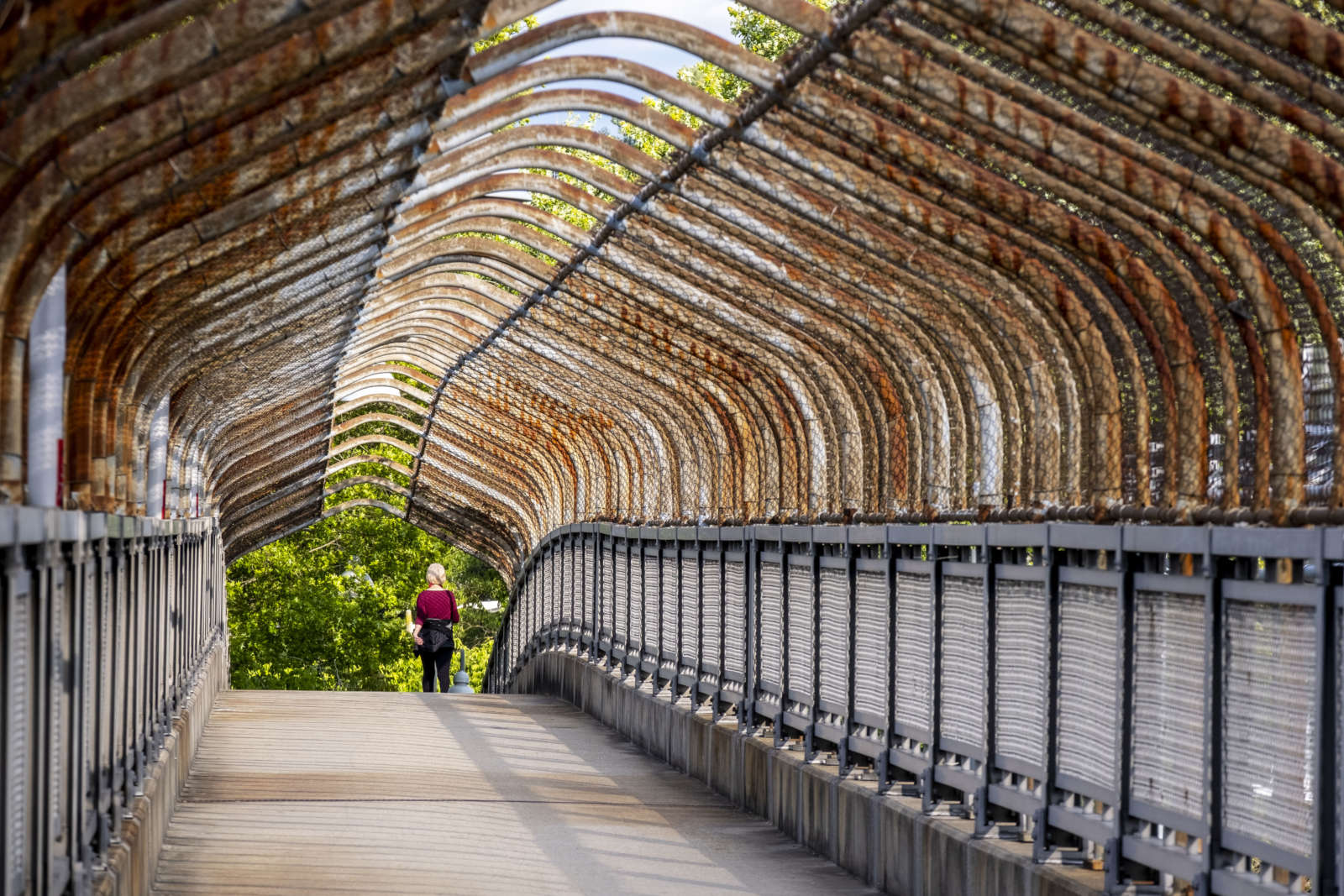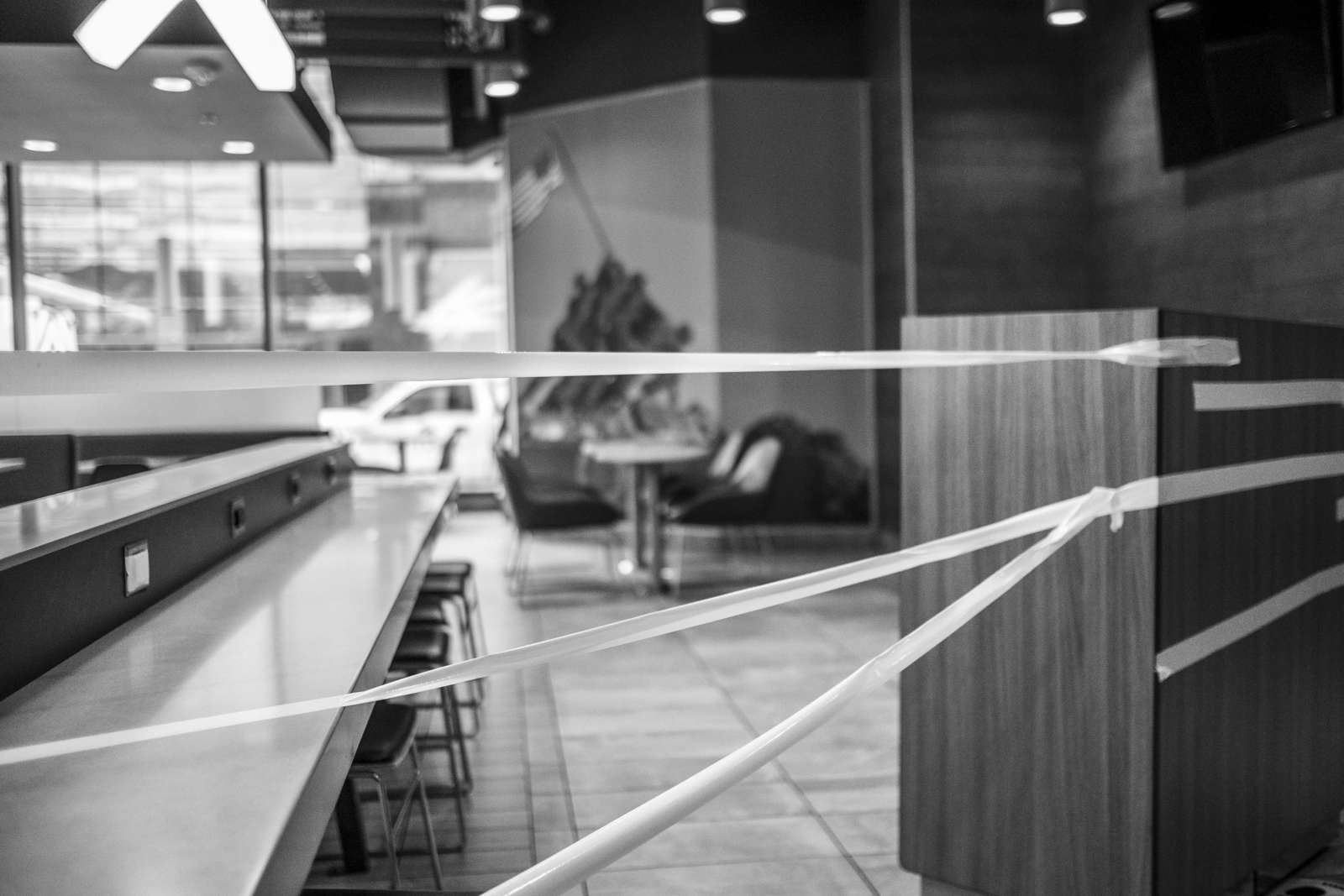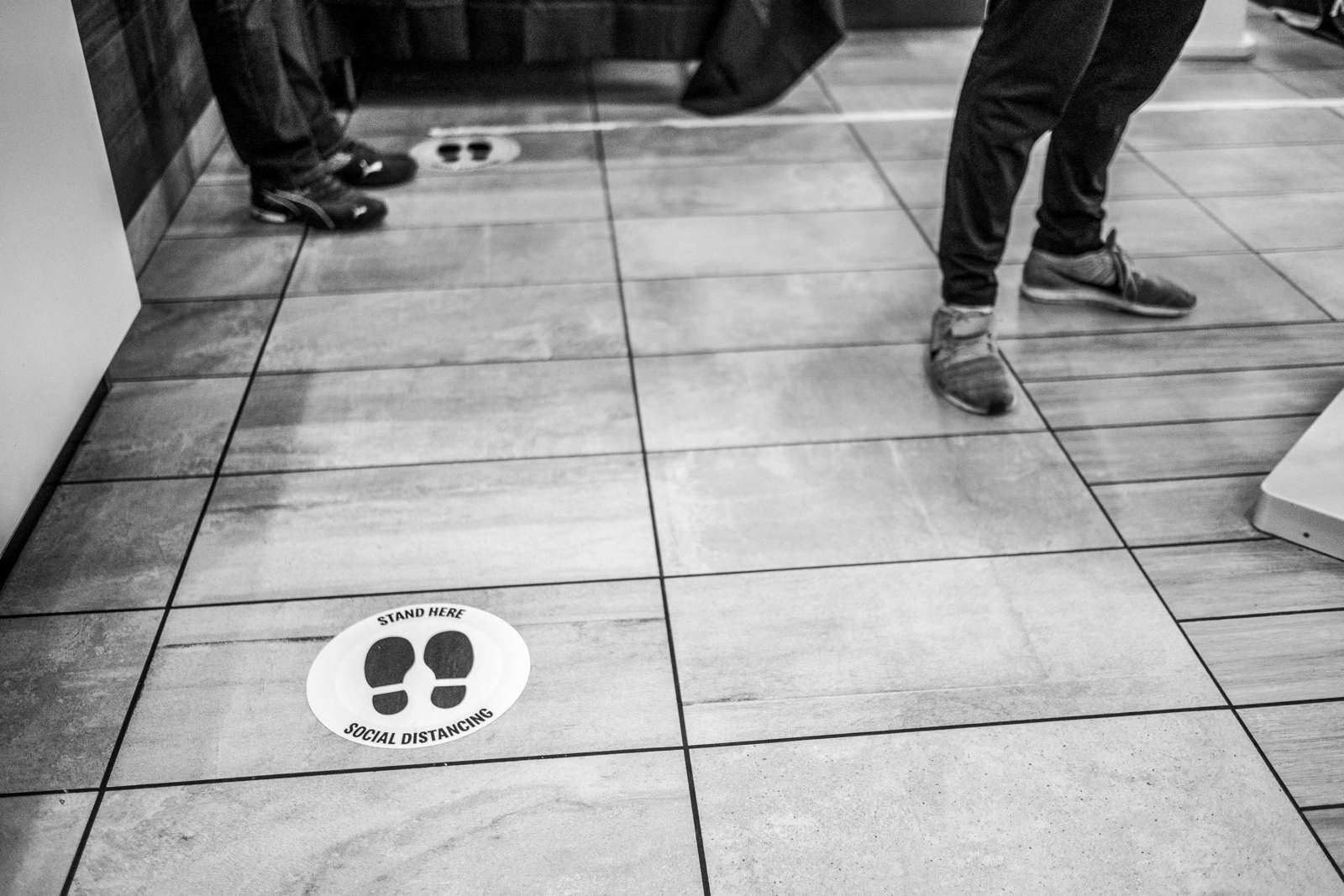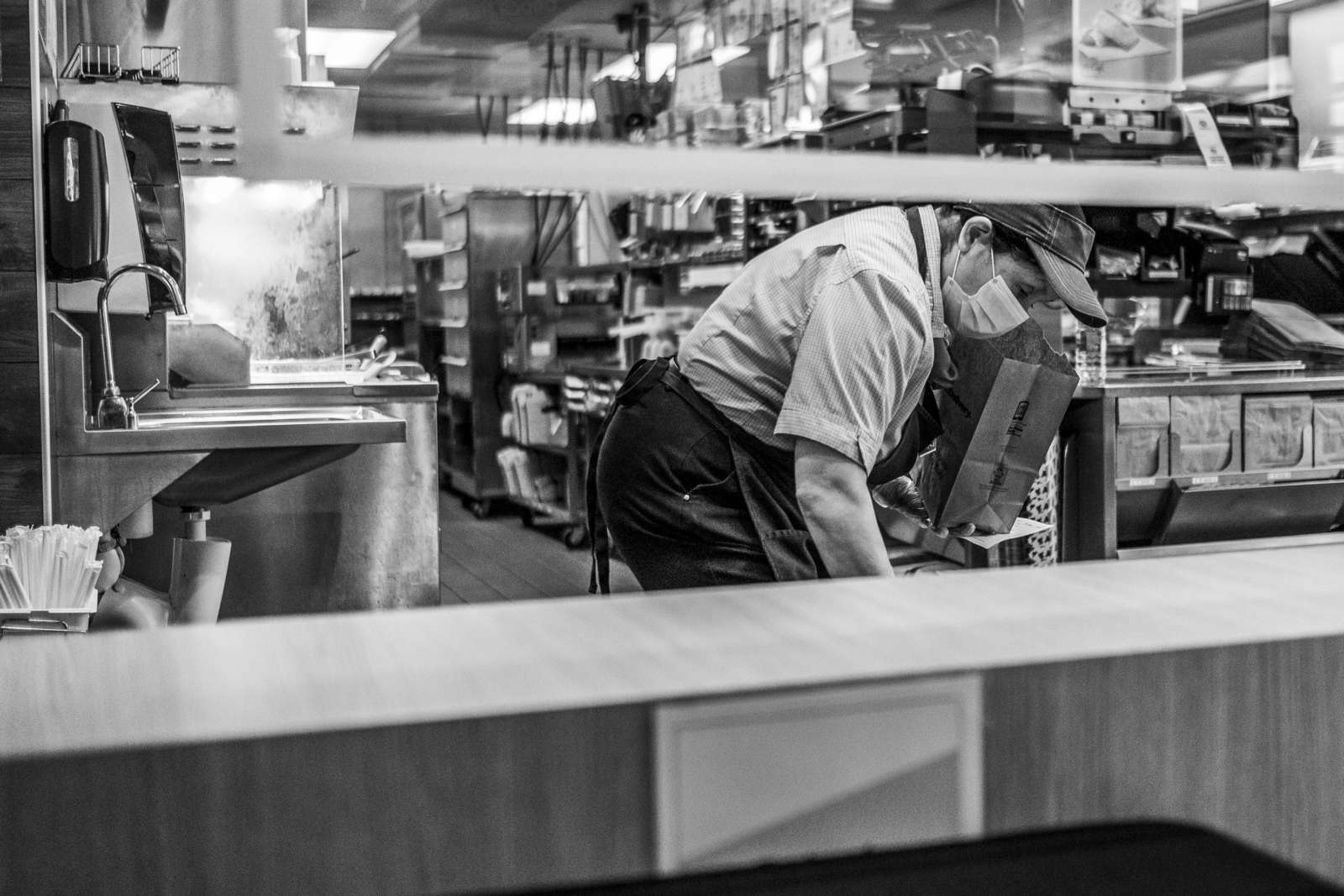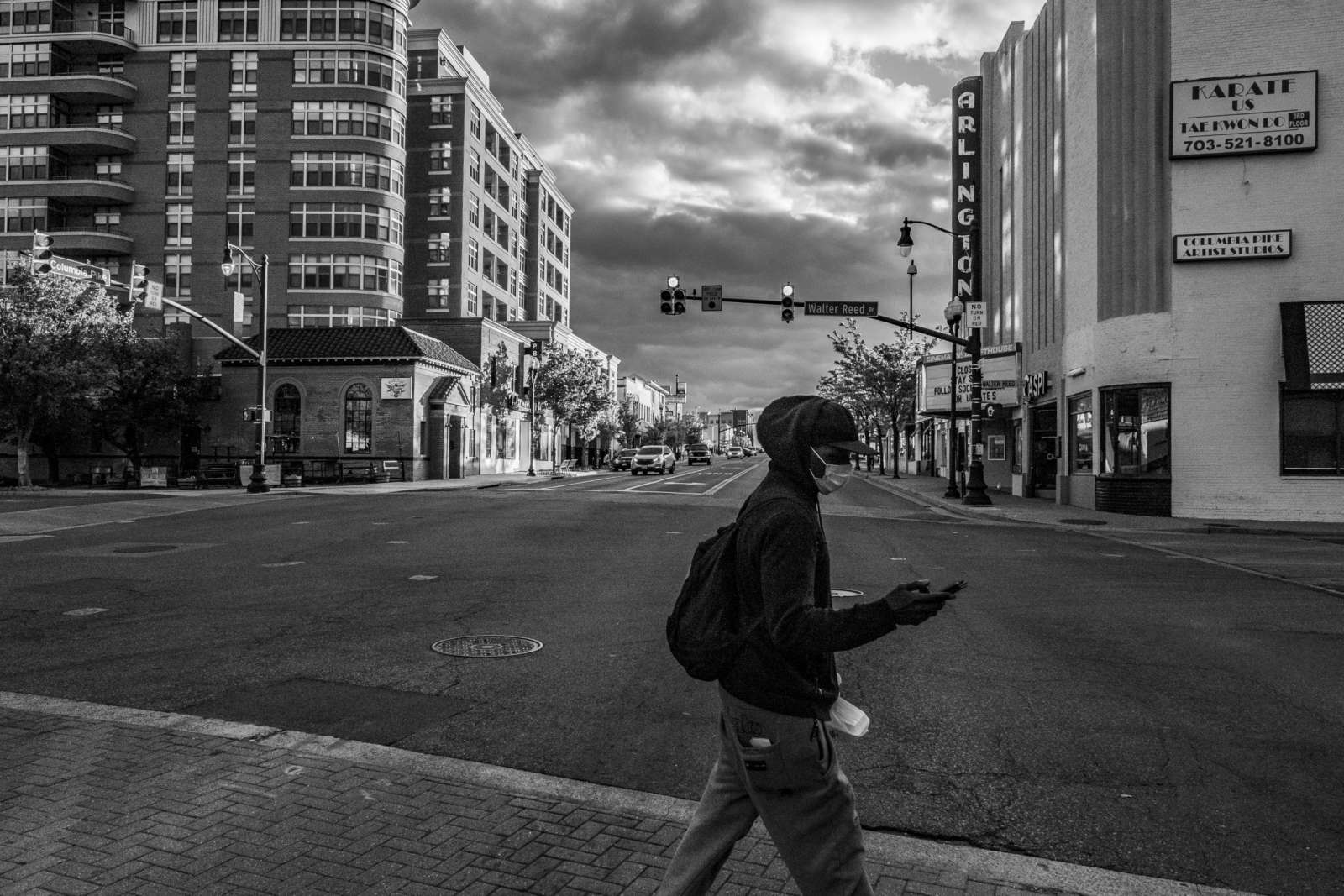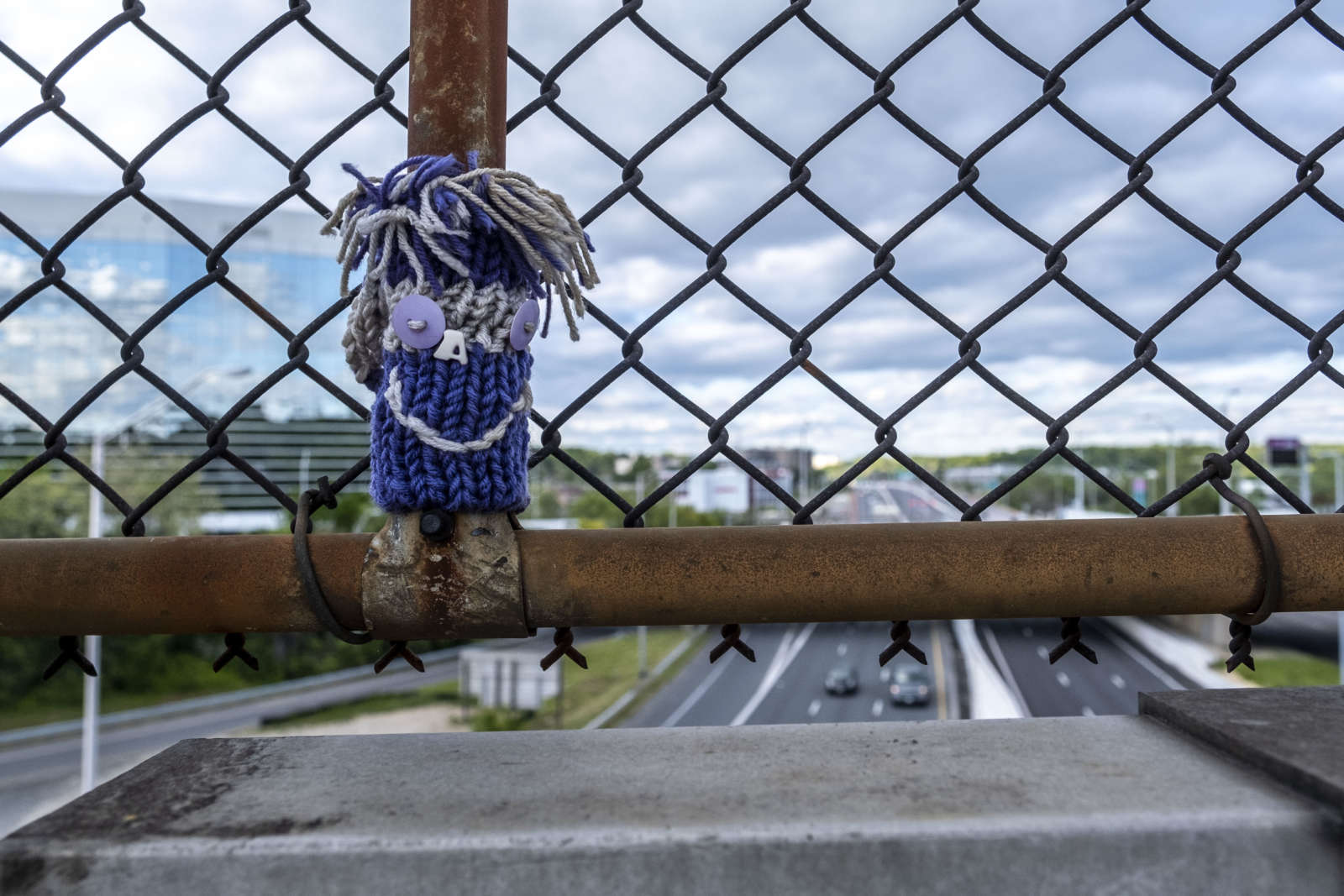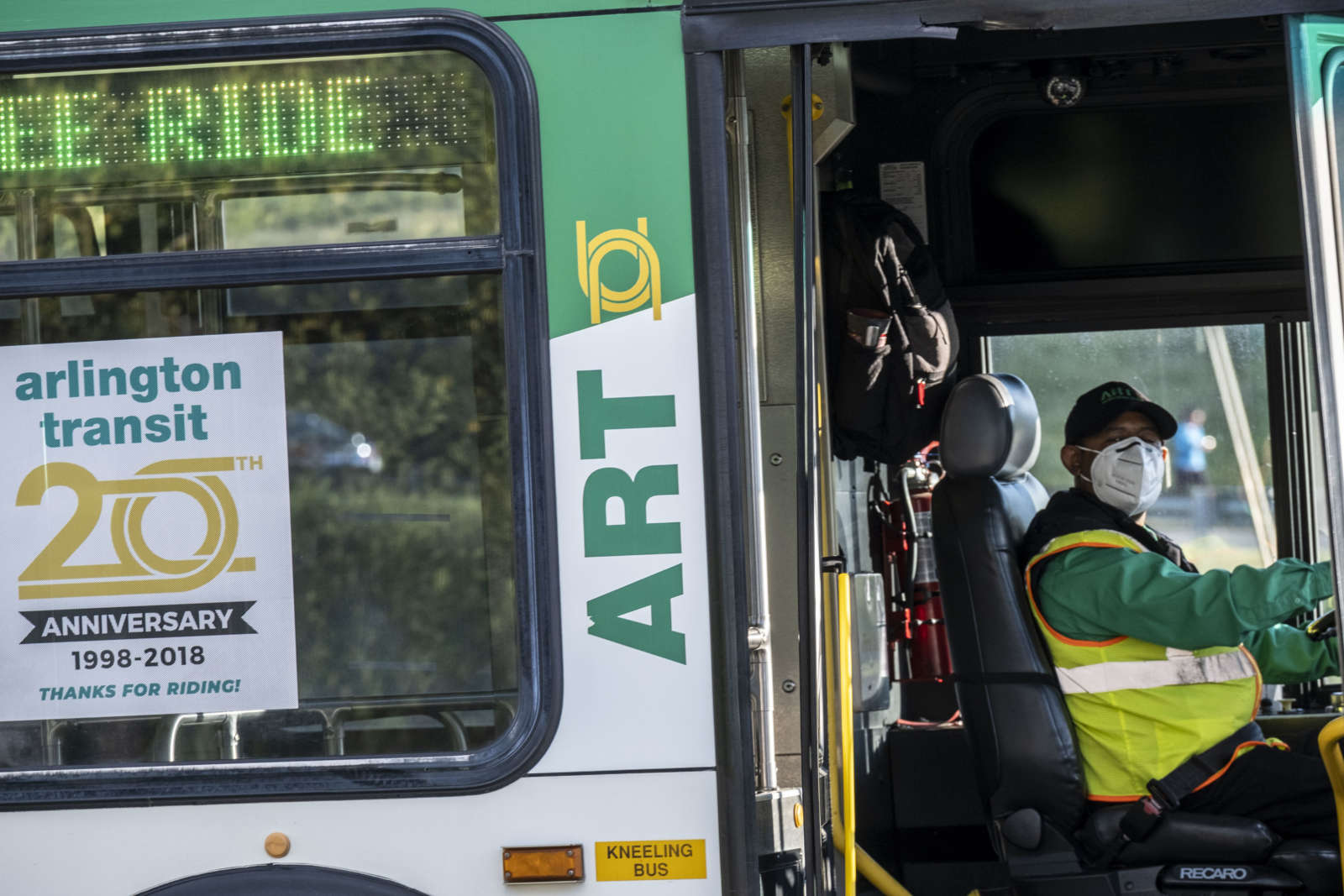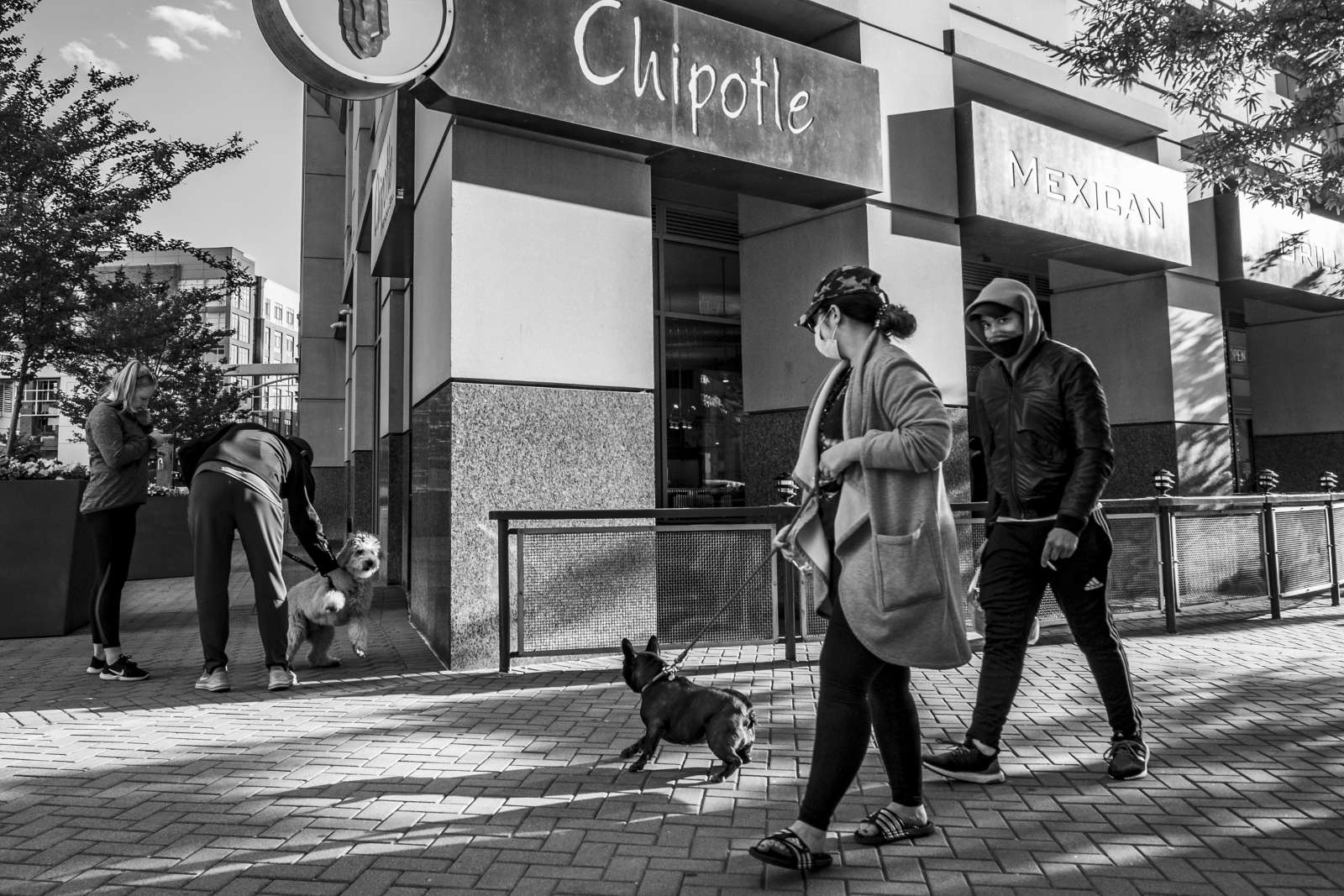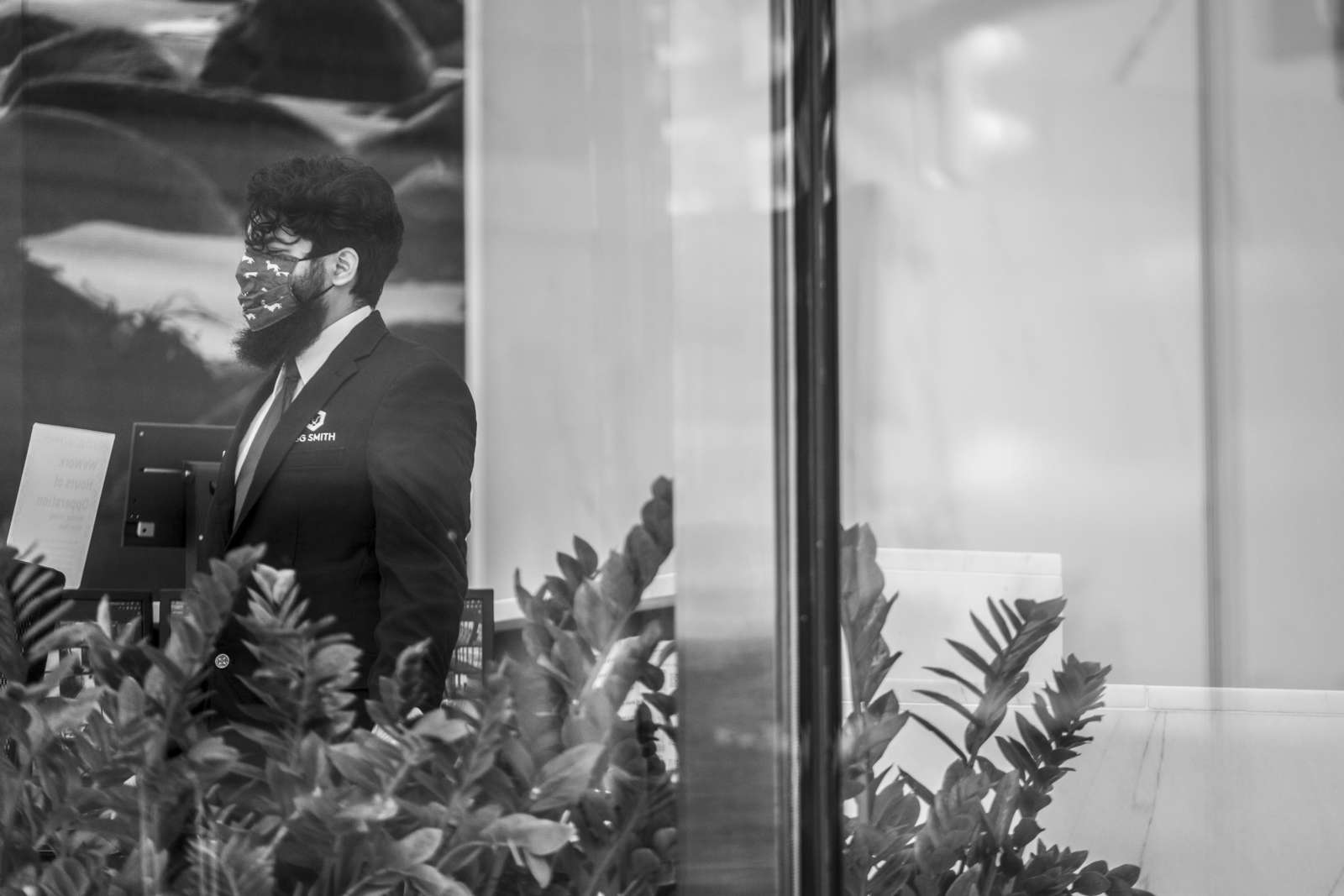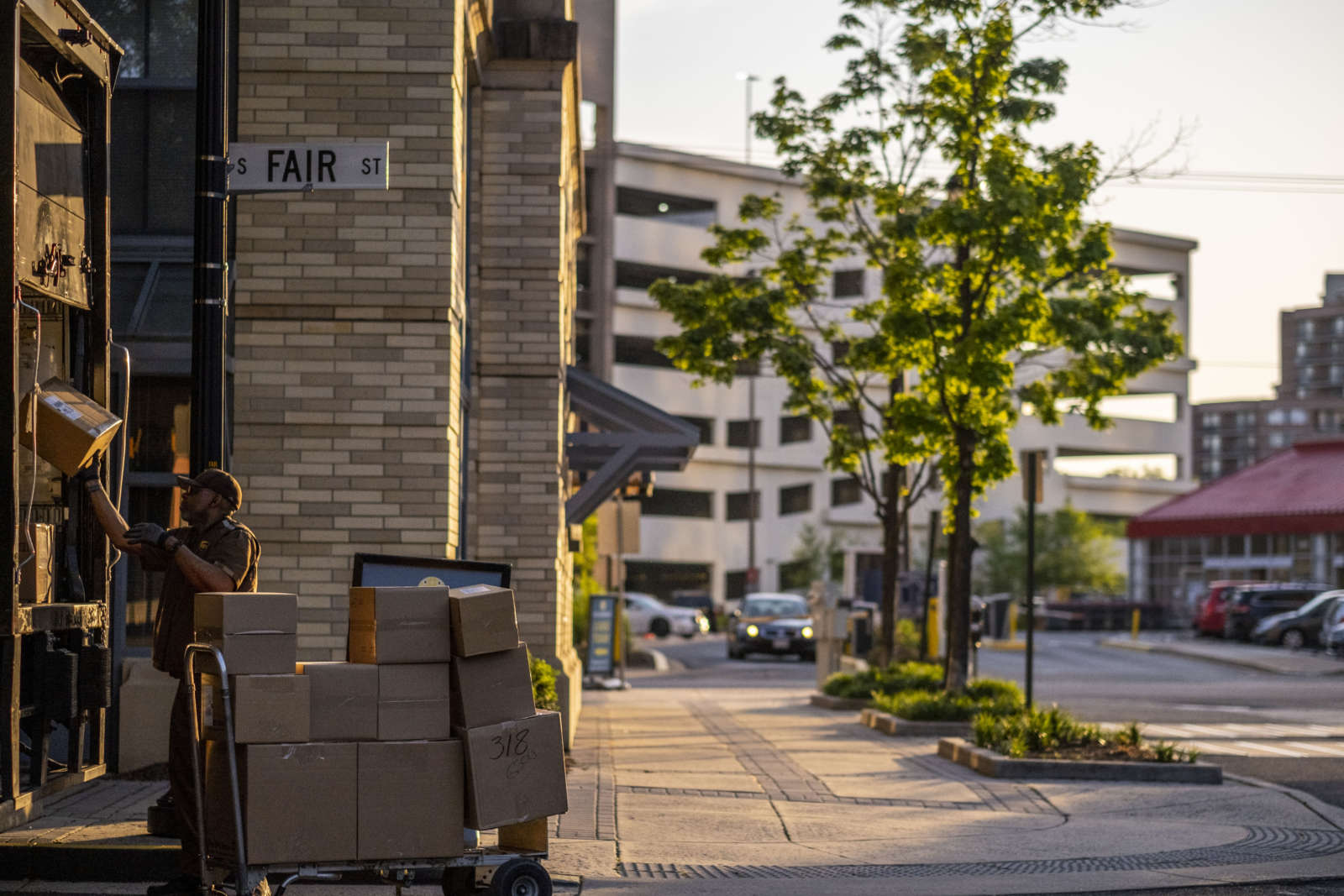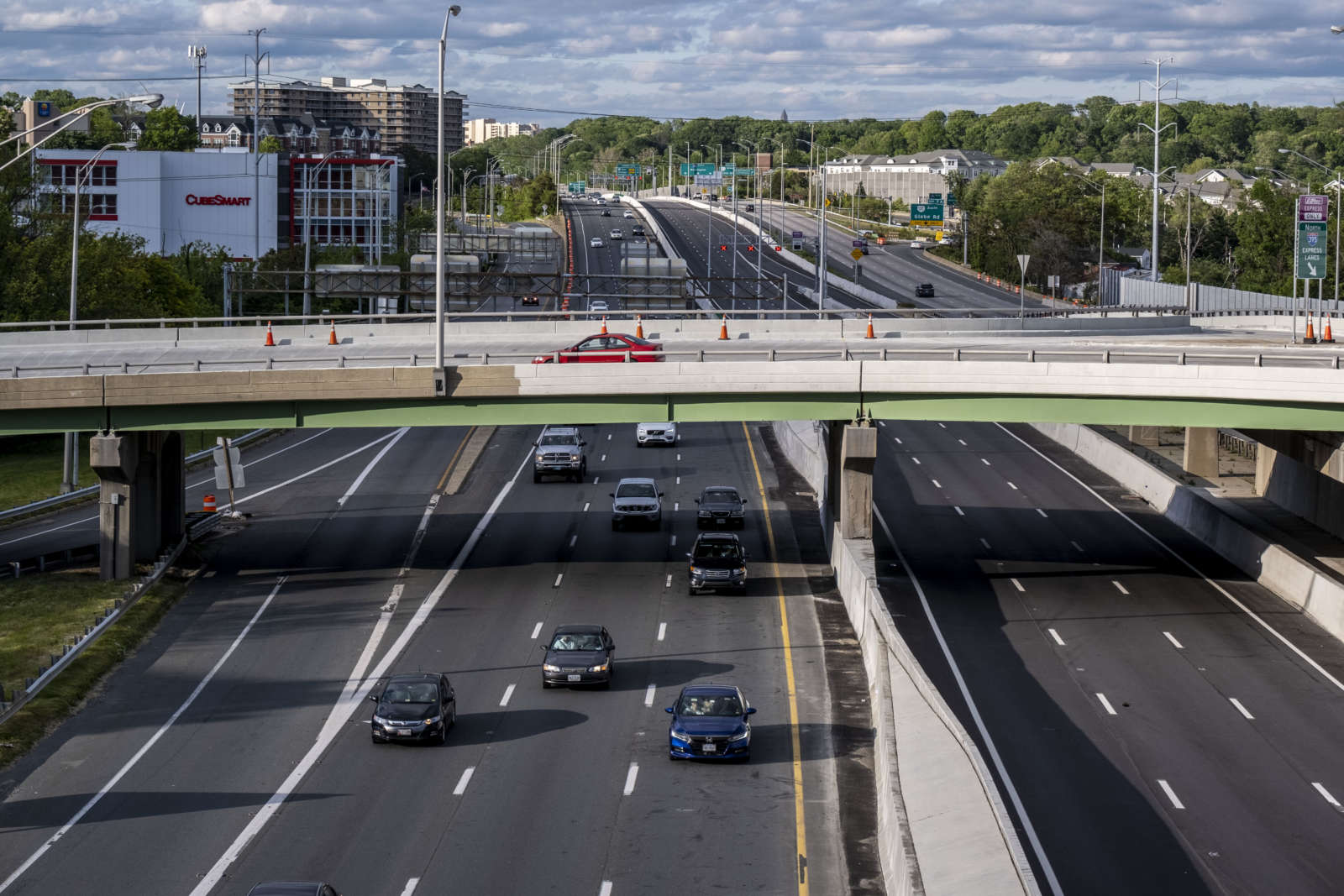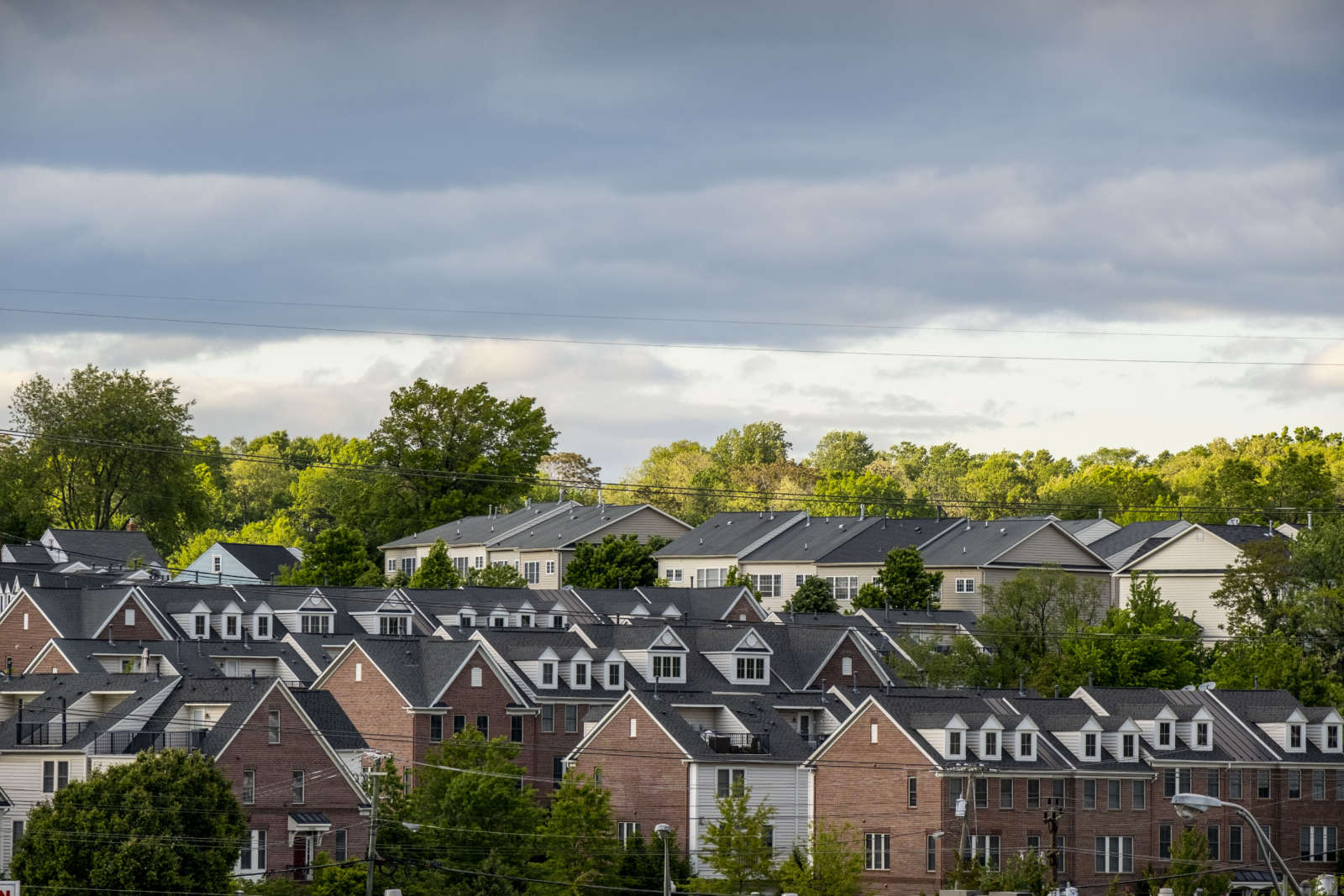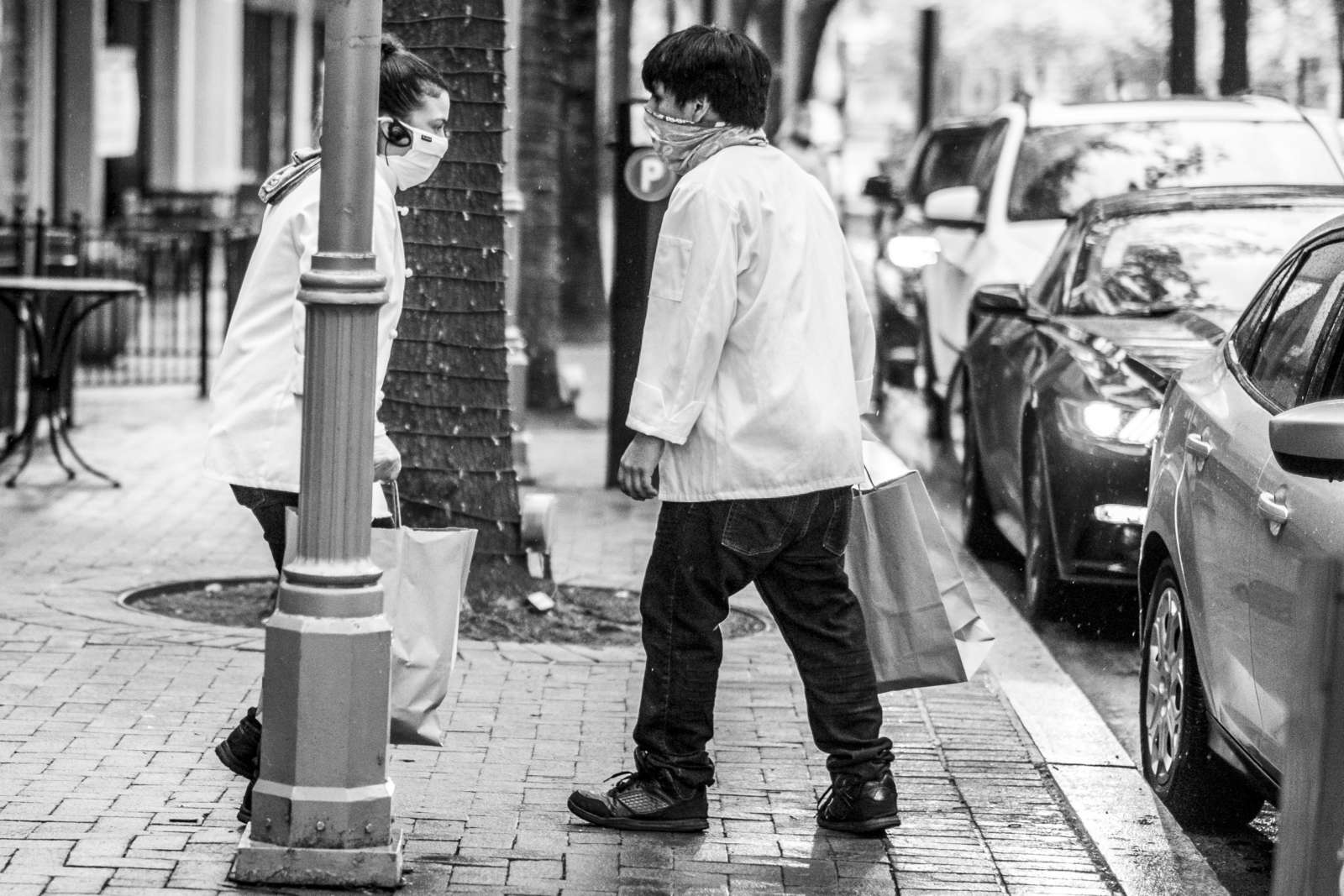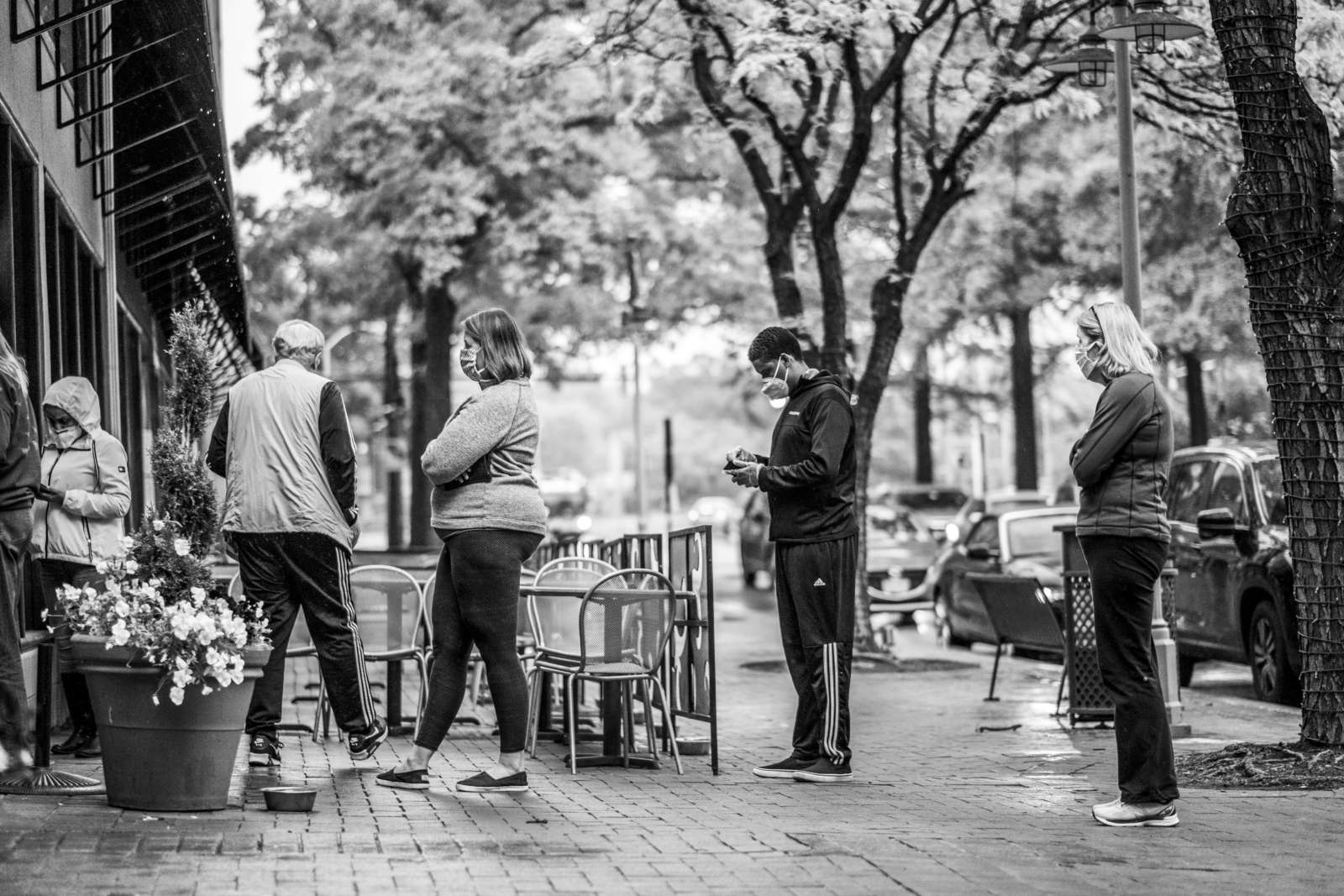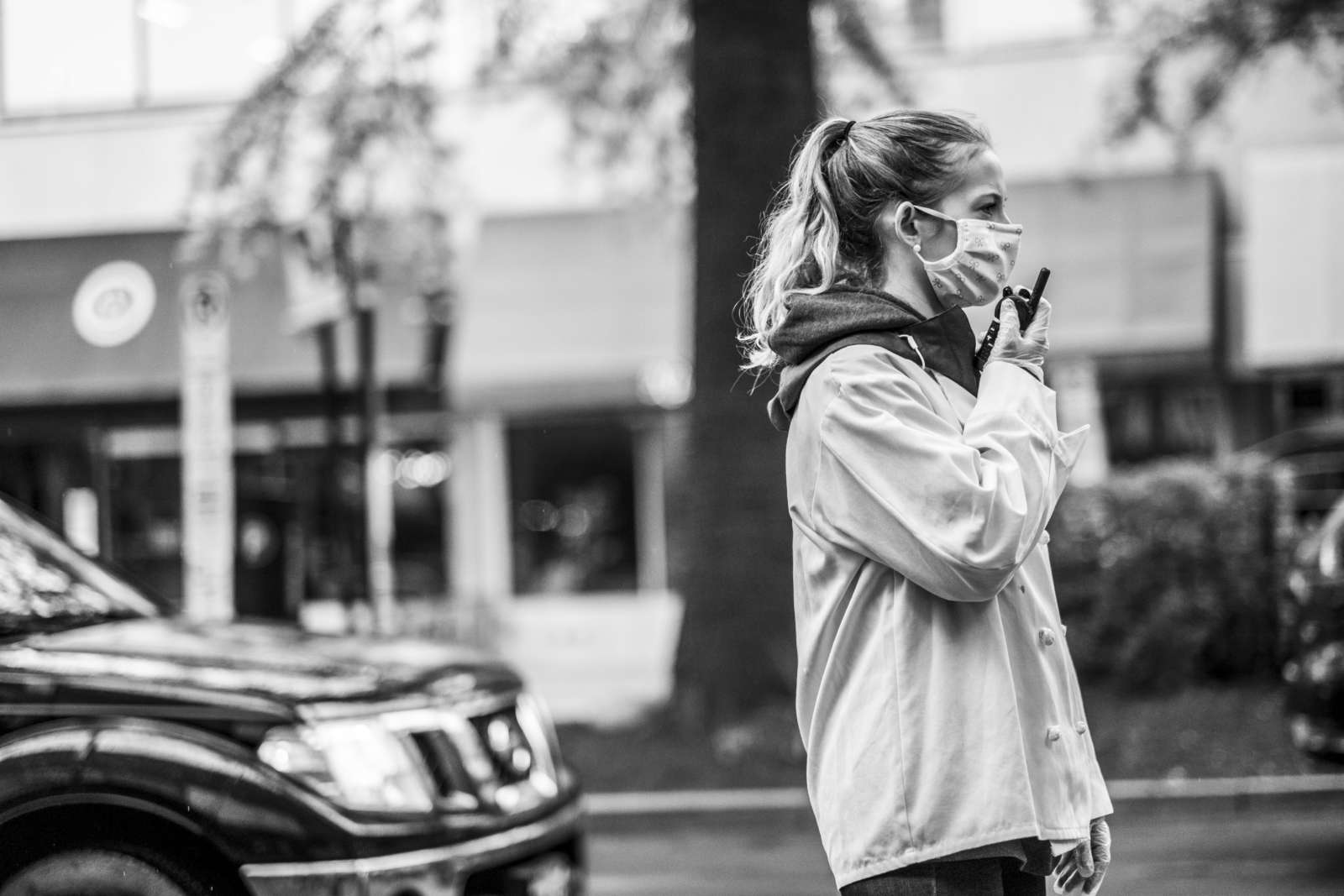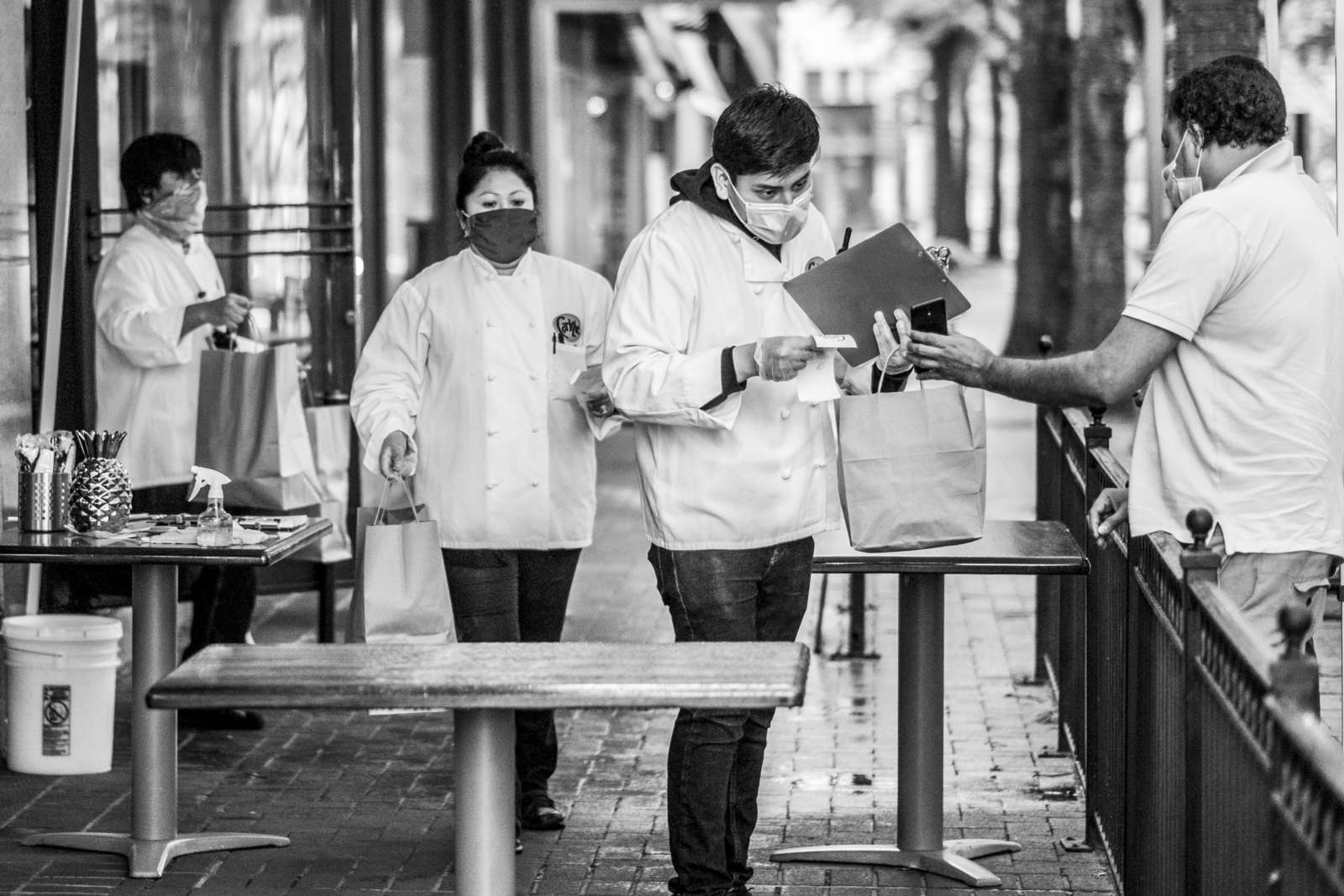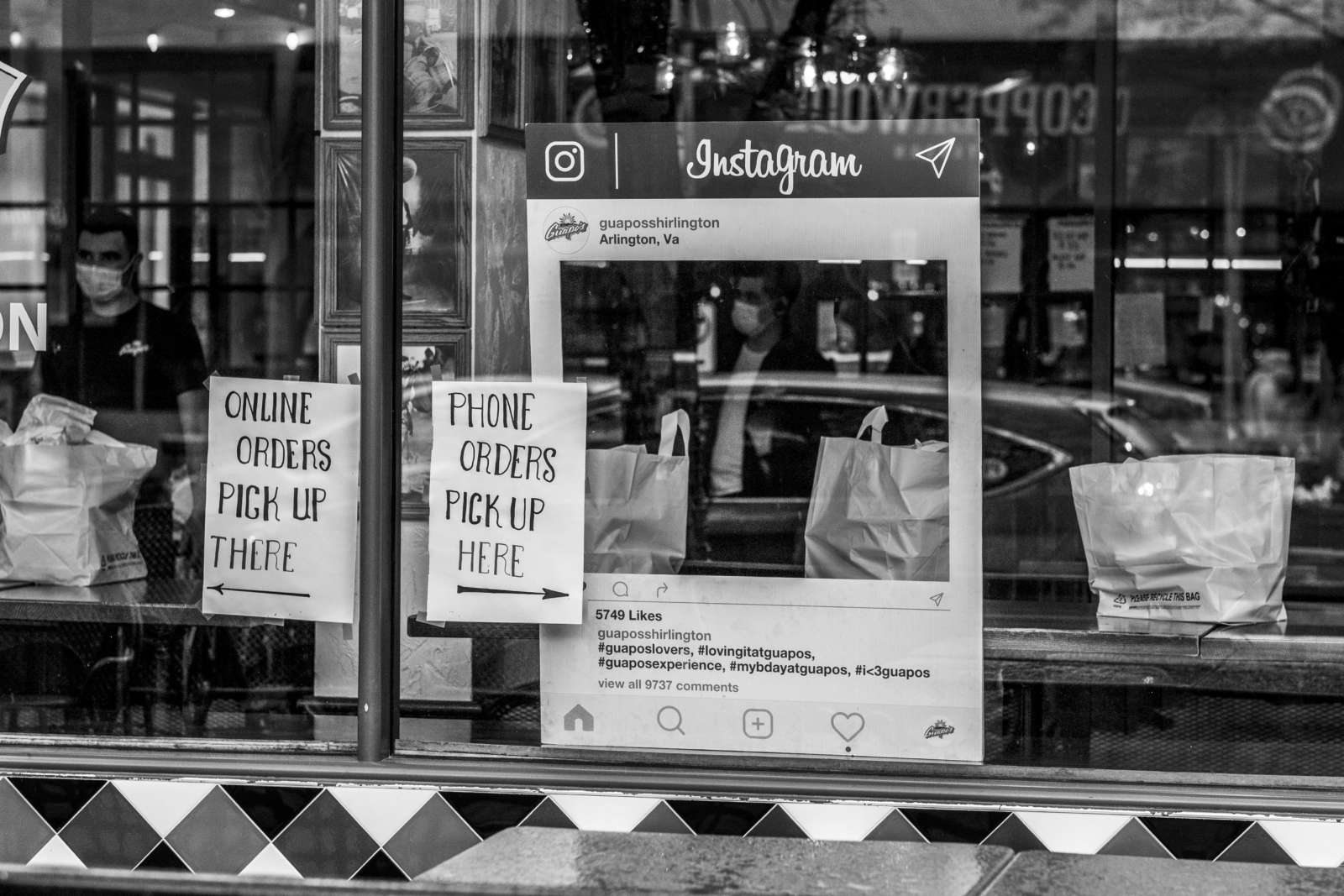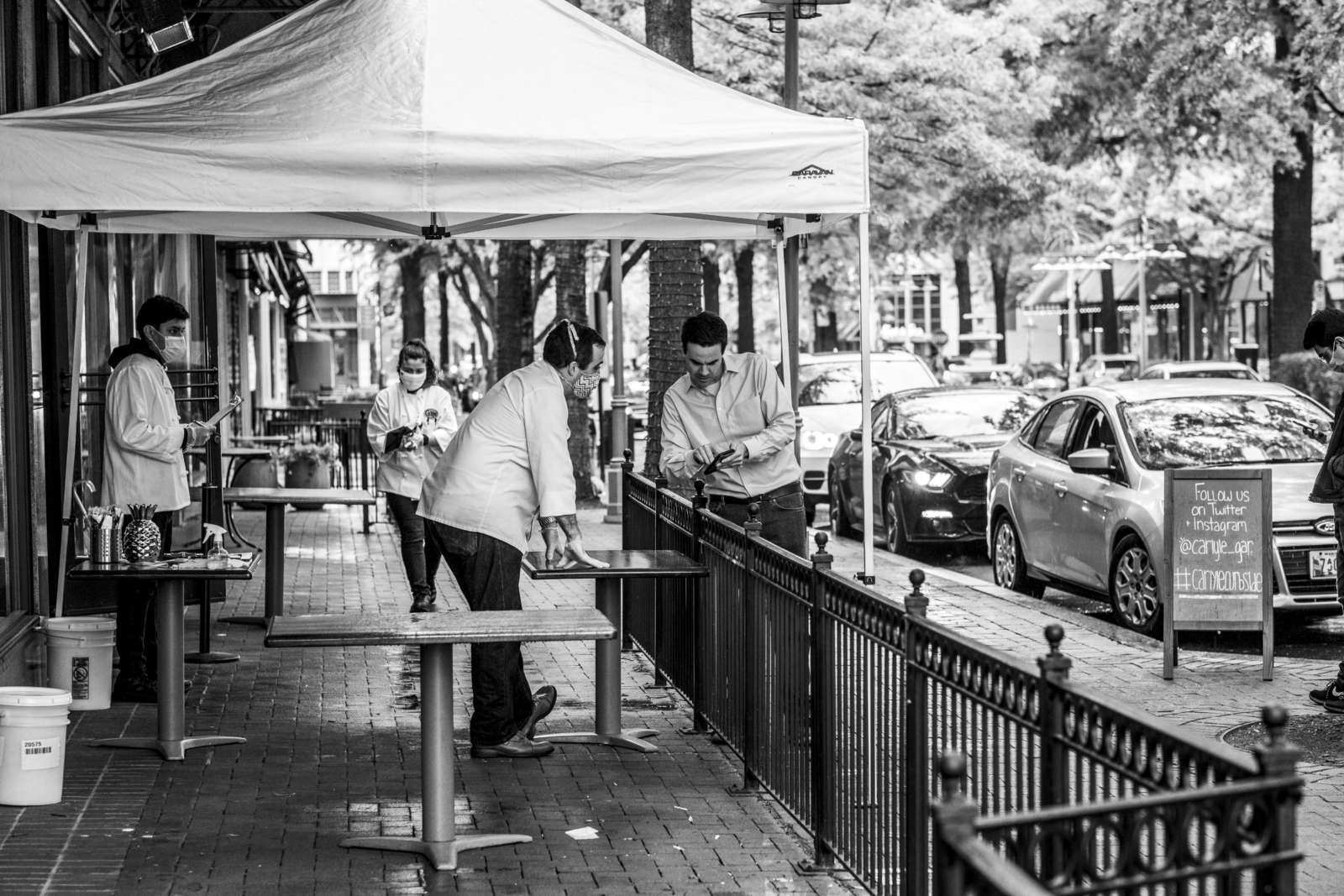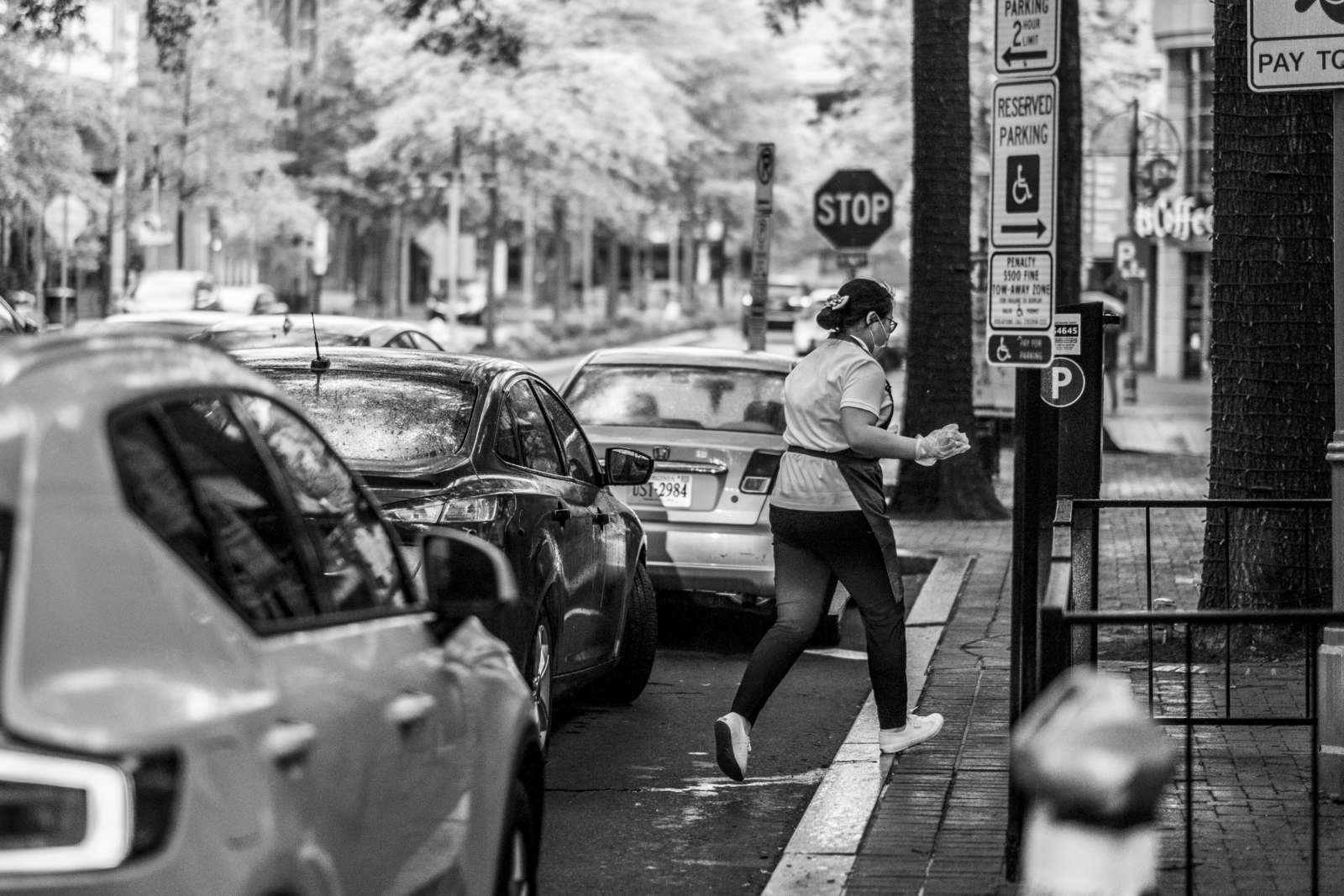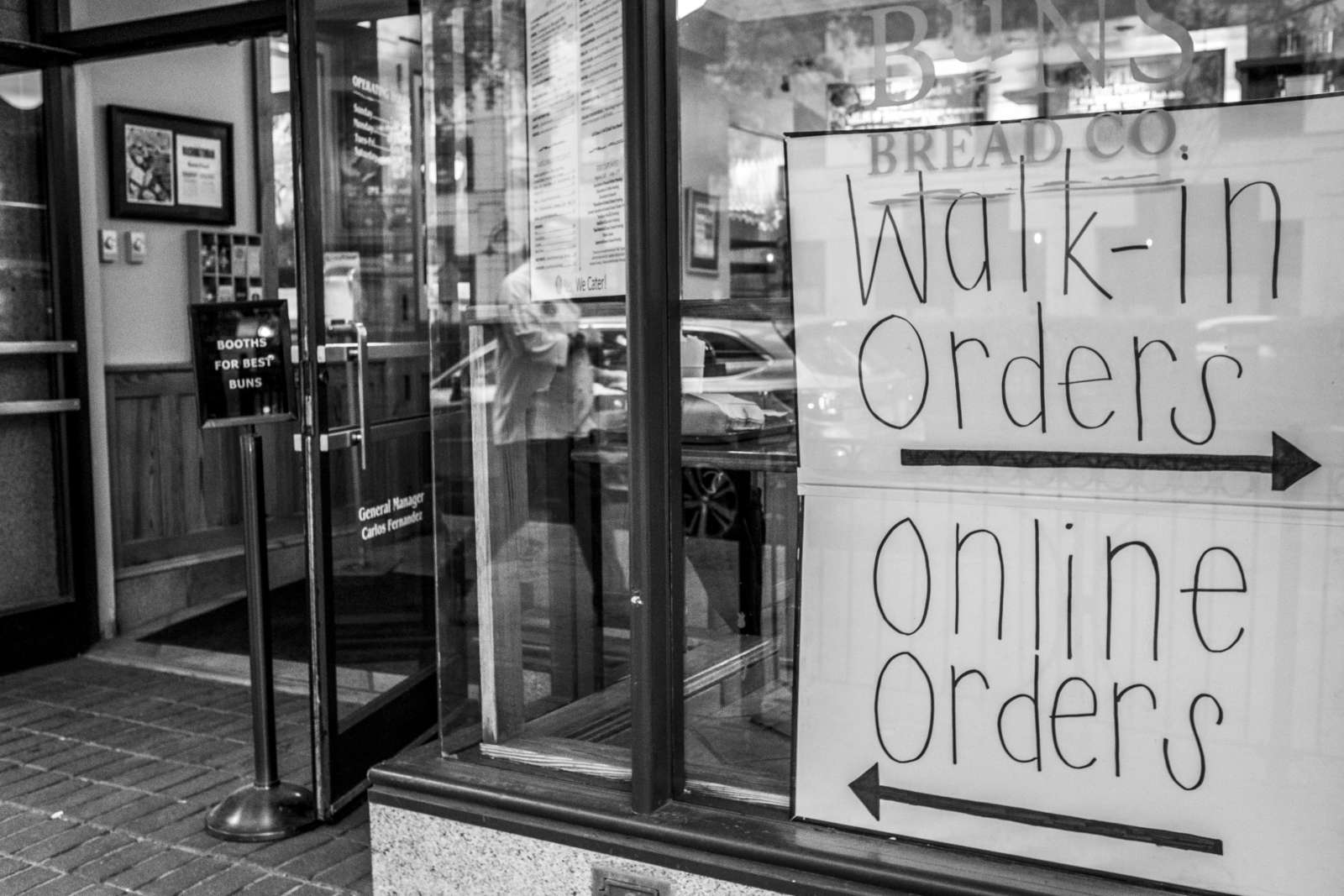Another week has passed, and Arlington is still at least partially locked down.
But it feels like the dam has sprung a leak. The roads seem busier, more and more people are getting outside as the weather gets warmer, there are still plenty of people out shopping for food and other essentials, and there’s a sense that everyone is ready to resume something closer to normal life.
Our staff photographer Jay Westcott has been observing life in Arlington during the pandemic. Here’s his latest weekly dispatch.
I keep thinking back to late February and early March for many reasons, some deeply personal, but also because for Arlington, it was our last opportunity for “normal” life pre-coronavirus.
I think about all the interactions I had on any given day, driving around Arlington County and documenting what’s going on in this great community. How many parking meters did I touch? How many cashiers handed me receipts and change and credit cards and groceries? How many elevator buttons did I push? How many door knobs and handrails did I grab? Crosswalk signals pushed?
How we interact with each other and with things will be altered going forward. I hate the terms “reopen” and “go back” because those words imply that the threat is gone. Folks, the threat is still present. Testing still lags significantly here in Arlington.
This is where we adapt our behavior, so we can overcome. Yes, businesses need to figure out a way to operate, but the priority has to be practices that negate the spread of the disease. Since we don’t seem to have any clear guidelines coming from the federal level, it’s taken time to make a plan.
Scientists still don’t fully understand this disease. It may be causing illnesses in children that are similar to Kawasaki disease. We have to adapt our behavior until the rate of infection has decreased significantly. We have to have enough testing in place and we have to be able to contact trace and isolate those infected.
I also keep thinking about about this quote from this Atlantic article: “Models show that if 80 percent of people wear masks that are 60 percent effective, easily achievable with cloth, we can get to an effective R0 of less than one.” What’s so challenging about that?


